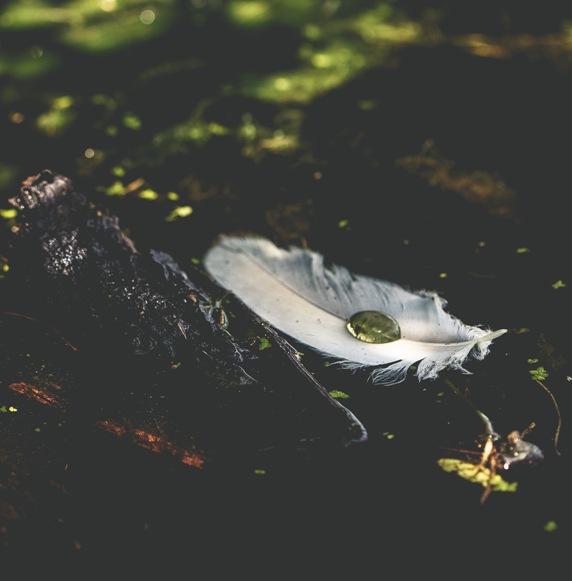Nature, family and cultural heritage: it’s hard to overstate their importance to our well-being.
Studies have shown that children and teens experience healthier emotions and a stronger sense of identity when they’re told stories about their relatives and ancestors, and spending time outdoors can stave off depression and ADHD. Yet connections to nature, culture and family are the very things threatened by the consumerism that dominates our way of life.
Many of us spend more time around screens than trees.
Most of the objects we surround ourselves with are mass-produced, with little cultural significance and no family history. And living arrangements like the nuclear family deprive us of human connection and sever us from our roots.
No wonder so many people are turning to Pagan spirituality! Pagan practices, with their emphasis on venerating nature, ancestors and a wide array of deities and spirits, offer ways to reconnect with cultural heritage and the natural world. But you don’t have to be a (tarot) card-carrying Pagan to benefit from these practices.
Here are some easy ways to give any spiritual practice a Pagan flavor:
1. Make an offering.
Offerings are a spiritual practice as old as religion itself. Go to a natural place—a regional park, a corner of your back yard—and give a small gift to the spirits who live there. Milk, beer, candy, wine and whiskey are some traditional offerings. Coins or crystals are also good. You can get creative, too! Sometimes I make a mandala out of fallen flower petals, or get out my frame drum and sing. Whether you see the offering as a literal gift or a meditative practice, it can open you up to the energy of the natural world.
2. Build an altar.
In The Hebrew Priestess (Ben Yehuda Press, 2015), Taya Shere defines an altar as “a dedicated sacred space for connecting with, honoring, or being in communication with spirit realms.” On your altar, you can place objects that are important to you, images of deities, bits of nature like seeds or bones, or representations of the four elements. You can make your altar the focal point of a daily spiritual practice by burning incense or candles, or you can simply display it as a reminder of divinity.
3. Create an ancestor shrine.
Similar to an altar, a shrine is a space to sanctify what’s important to you. If you have photos of relatives who have died, display them. If you have artwork or artifacts from your culture(s) of origin, you can add them and connect with ancestors you may never have known. You can add a candle or an offering of food or objects your ancestors may have liked. Every Samhain, my daughter and I cook some of our recent ancestors’ favorite dishes, like borscht, steak and lemon sherbet.
4. Connect with your culture’s indigenous deities.
What did your ancestors’ spiritual practices look like? Choose one or more branches of your heritage and research them. You don’t have to “worship” the gods and goddesses you find; simply understanding their importance to your people can be a deeply meaningful experience.
Tape a picture of a deity who piques your interest to the wall. What feelings does the picture evoke? What qualities does it awaken within you? How does it inspire you to act? If you don’t know where your ancestors came from, or if you don’t connect with the deities you find, don’t stress—dive into some world mythology and see which deities call to you. Be careful to avoid cultural appropriation, though, especially if a deity is still actively worshipped within a culture. Just approach the deity with humility and an intention to learn.
5. Pick up trash.
Don’t wait for a special occasion—pick it up when you find it, especially in natural areas. Use a travel mug instead of paper cups. Don’t eat so much meat. Okay, environmentally responsible behavior isn’t as glamorous as altars or flower mandalas, but if you turn eco-consciousness into a meditative or devotional practice, then the results will be much more profound than lighting a stick of incense.
Once, after making an offering of some tumbled stones in a regional park, I came upon a small grove that was filled in garbage. After I spent about half an hour cleaning it up, I found something extraordinary: a complete coyote skull, lying right out in the open where I’d been working. The find was lovely, but what was truly breathtaking was the numinousness I felt as I picked it up, a sense that the spirits in the grove were thanking me.
Of course, you’re not limited to these practices. How does nature speak to you? How are you called to honor your ancestors and your people?
What’s important is connection: awakening it, nourishing it and using it to heal and grow. Your actions are your prayers—make them count!
Relephant read:
3 Teachings that are Right in Front of Us, if only We’d Look.
Author: Julia Glassman
Editor: Catherine Monkman
Photo: Erik Stine/Unsplash








Read 0 comments and reply